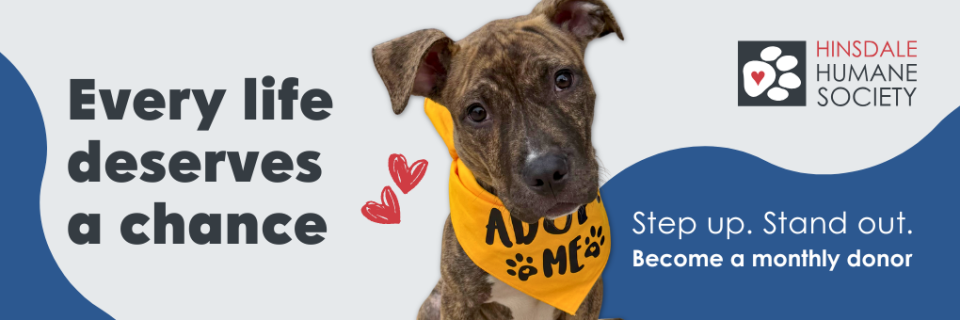Crates are actually an excellent choice for most puppies and adult dogs as they keep the pet and your belongings safe when you are not able to supervise. They aid in house training because a dog will not want to soil his sleeping area. Select a crate big enough to allow the puppy/dog to stand up and turn around and stretch out when lying down.
Remember, the crate should never take away from the contact and socialization that your dog needs from you and your family. The dog needs to spend much more time out of the crate than in.
Why Use A Crate?
- To provide a den for your dog.
- To help calm and nurture your dog in the new environment.
- As a house training aid.
- As a recovery room from illness or surgery.
- As a sanctuary when things get hectic.
- In some mild cases, it can be helpful for anxiety to help prevent destructive chewing.
- To protect your pet from children who cannot act appropriately around dogs.
Crate Do's and Don'ts
